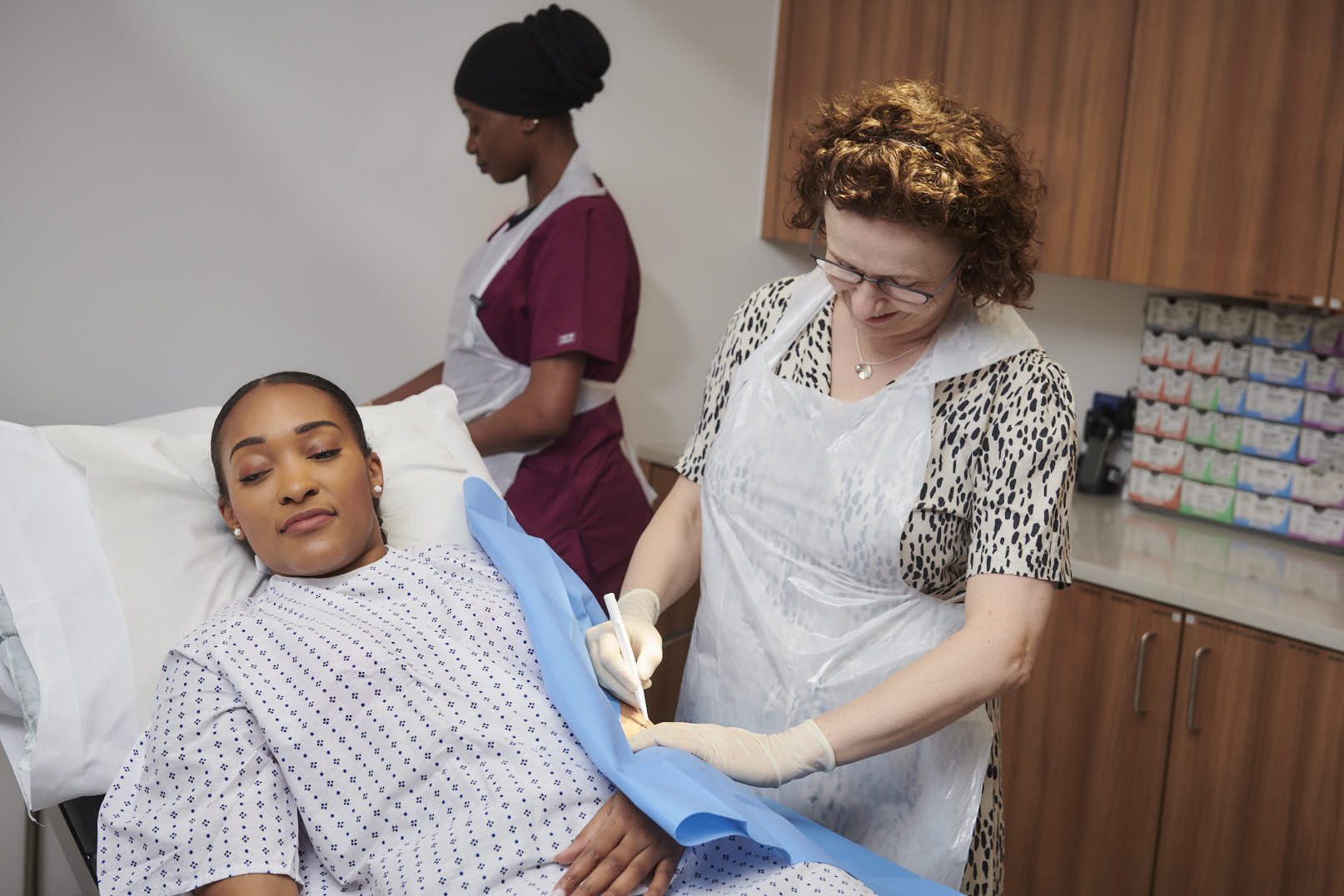Acne scarring is complex. There is also not a one size fits all in terms of the process of treating acne scars. In the same way that not all people with acne develop acne scars, not all scars respond or behave in the same way to different treatment modalities.
There are multiple scar types that make up acne scarring, the majority of these are atrophic (dips in the skin) and some can be hypertrophic (raised off the surface of the skin).
The atrophic scars are further divided into:
- Ice pick scars
- Boxcar scars – narrow
- Boxcars scars – broad
- Rolling scars
Each of these subtypes are best treated using a different modality, in some cases energy based devices such as non-ablative fractional laser; ablative lasers or micro-needling radio frequency is best. For ice pick scars – using techniques such as targeted chemical acids, a process called TCA-CROSS is better. For other scar types, subcision and filler injections may be better.
All of these options would be discussed with you and an approach that usually requires multiple planned visits with a consistent improvement in the scarring will occur.
For atrophic scars the use of sun protection and topical retinoid is almost always beneficial.






